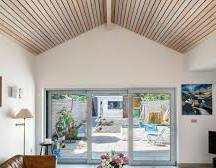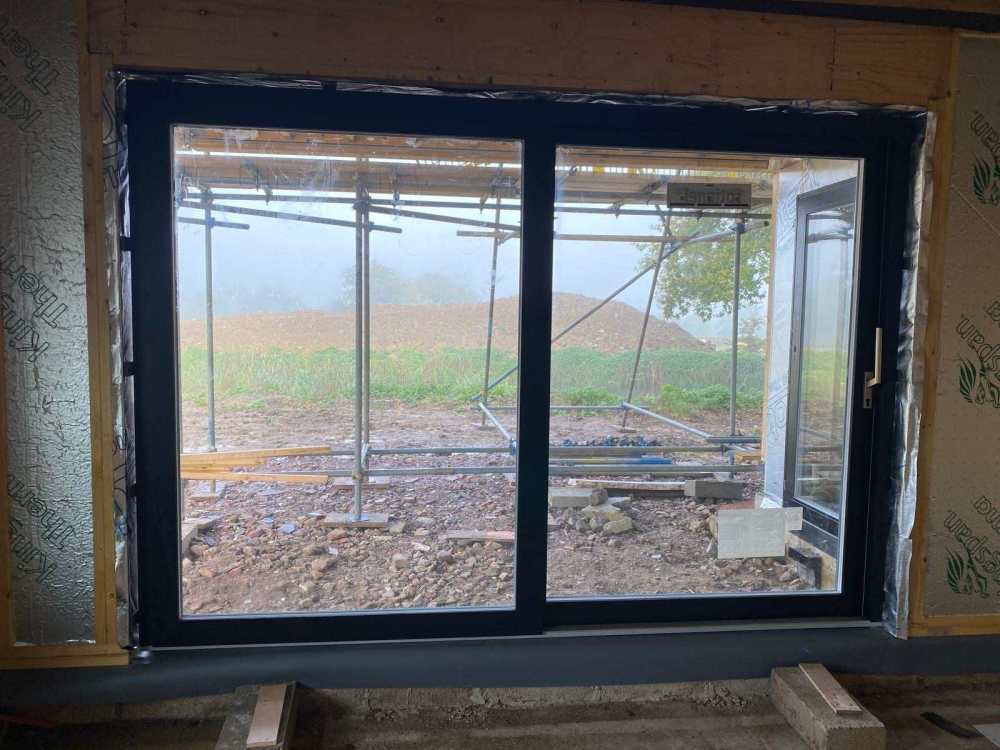
ChrisInKent
Members-
Posts
56 -
Joined
Personal Information
-
Location
England
Recent Profile Visitors
The recent visitors block is disabled and is not being shown to other users.
ChrisInKent's Achievements

Member (3/5)
21
Reputation
-
We’ve been lucky with people working on our house so far but have hit a problem with one company who are doing shoddy work. We’ve spoken to them, foreman comes and directs the team, leaves and nothing changes. Back they go to bodging. It’s really stressful having to pull them up the whole time, not to mention wasted materials and more time needed to do it right the second time. Any advice or top tips on handling it and staying calm? We haven’t been following the meetings up with anything in writing but will start now too.
-
@JohnnyB I’m about to compriband tape my windows. Did you do the underside/ bottom of windows? All the videos I’ve seen just show top and sides taped.
-
At the start it was their payment terms triggering a look. If they ask for >50% upfront, payment in cash or amounts in excess of the materials costs. I now use it for every company we’re giving more than a few thousand £s to. I think it’s a good habit, easy to do and the guide @Susie mentioned is a good ‘how to’. It does indeed show who is going bust, shows if they are in liquidation. Also as mentioned above shows how often companies change their trading name, or base location, or directors. One company moved office and changed name almost annually. A quick internet search for reviews on the previous company names showed a whole load of issues and we didn’t use them.
-
This looks fab! What sort of wood did you use? I can’t see visible fixings (looking at the pic on my phone) - how did you fix it in place. Like your scaff too!
-
Thanks. It’s definitely not a cheap solution especially on top of PB. Environmental noise is a factor for us as we’re 100% metal roof/cladding so that’s really helpful. Will have a rethink.
-
We’re quite liking the idea of cladding a vaulted hallway in wood, much like this pic (which actually the House Builders Bible author’s house). And possibly downstairs in one room. What I can’t find is how we would do this and meet fire/building regs and control noise, especially if we use it downstairs. Has anyone used wood cladding on ceilings? Can we avoid using plasterboard as well as wood to keep costs down. If yes, what should we fix the wood to, how do we stop noise transfer and make sure fire safety regs are ok?
-
It also matters if you’ve got the cash to build it in full, need a mortgage on it now or in future or need it to be an asset you could sell if you had to. If none of that matters ignore the rest below. If you need to sell it would it be mortgageable or require a cash only buyer? Our timber frame with 100% metal cladding reduced mortgage providers to 2. Look at the challenges Colt houses have selling just 60 years later - cash only. Will a mortgage company believe the 100-200 years or be totally risk averse. You can build anything but it’s whether you need it still to be an asset in your lifetime or not and can persuade lenders of that.
-
+1 Used this on a softwood cladding 6 years ago and it still looks good.
-
We’ve just got the house structure up so not ‘post build’ in any way but I would: - work out services costs and soil conditions pre purchase. Yes an expense but it could have given us leverage to get the land price down a bit (clay required piling, no easy route for services) - look every company up on Companies House. Nearly got burned twice by companies in liquidation - trust my instincts more, not use anyone who I don’t like when meeting them - make sure everyone understands what we are aiming for, is invested in it with us - go local whenever possible, didn’t do this with TF company and are happy with that choice but we are using as many local trades as we can now. They have reputations to protect where out of area trades don’t - apply for the services sooner, it’s a year in and we’re just about to get power (hopefully!), another month for water…
-
Pleased to say they have refunded the £s.
-
We went with Rationel Aluclad windows and doors. We like the chunky frames but I know others might prefer as thin a frame as possible. Only thing we were dissatisfied with was the packing protection - no film on either the aluminium or the wood so very challenging to handle when fitting. But I’m not sure if any other companies protect them either, maybe they’re all like that?
-
I’m sure ASHP size will come down further once we have done the air tightness test and taken the plumber on the PH journey… he’s open to adapting the design once he understands the impact of MVHR AC/h, the other company wouldn’t.
-
A bit of an update. We couldn’t get the original company to change their design or explain their rationale. We went locally to an MCS accredited recommended plumber. They have designed a 2-Zone UFH solution which we are happy with. Our house has a couple of living areas upstairs (not just bedrooms) so we’re having UFH on both floors. The redone heat calcs show we’ll need a 7kW ASHP no buffer required rather than the 10 or 12kW ASHP with buffer the original company was pushing. We are feeling more confident that the system is suited the house and we’ve got a local plumber, who is working with us not against us.
-
JCB Insurance were recommended to us but we never used them in the end - our ground worker hired the Telehandler so it went under their insurance. There’s lots you can’t control on a build but having the right insurance seems a no brainer to me. I wouldn’t risk not having it.



